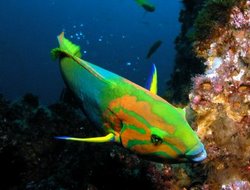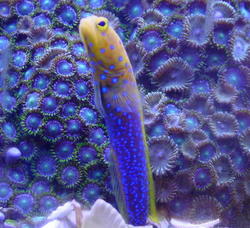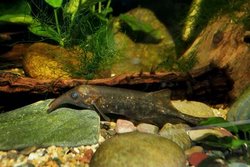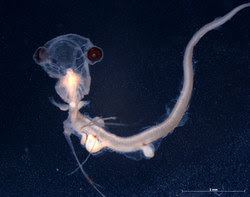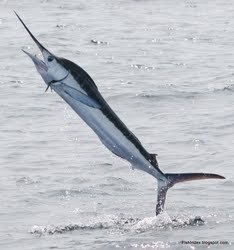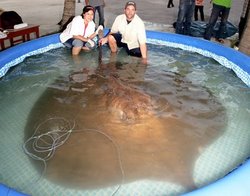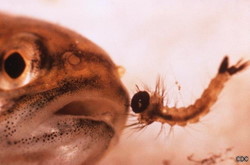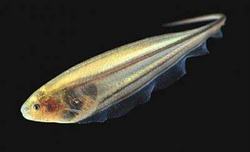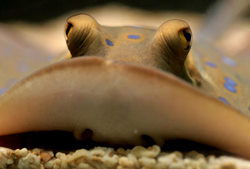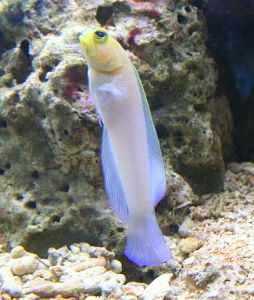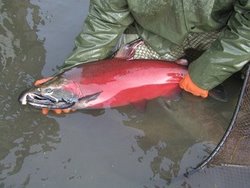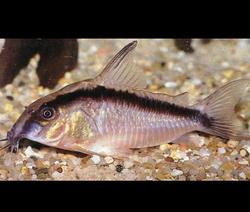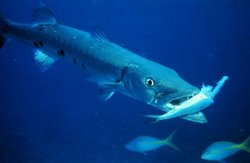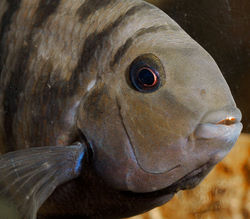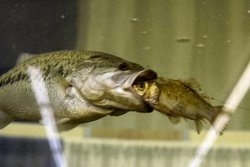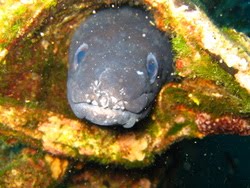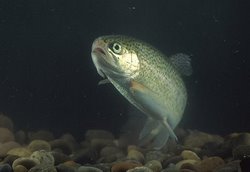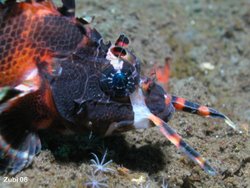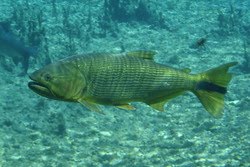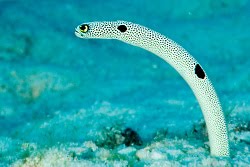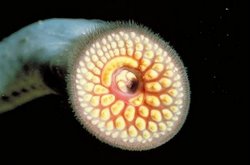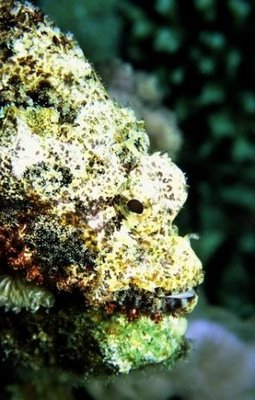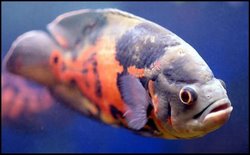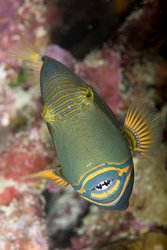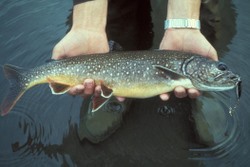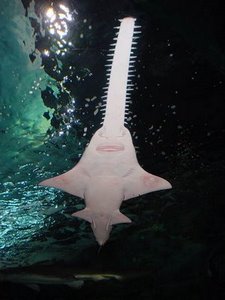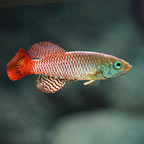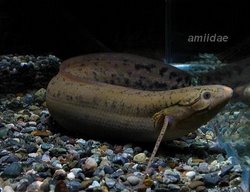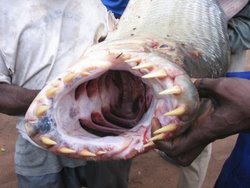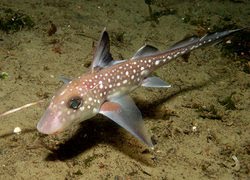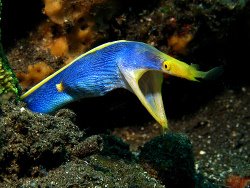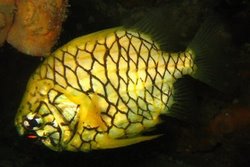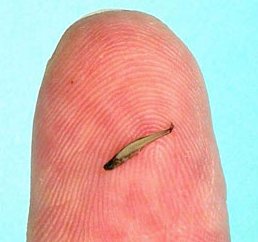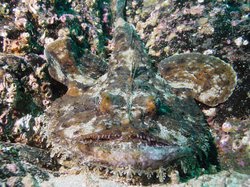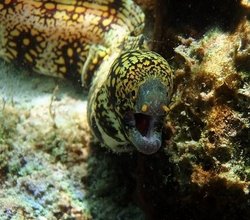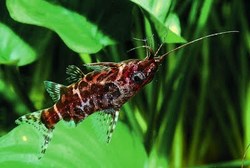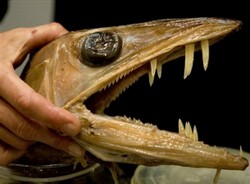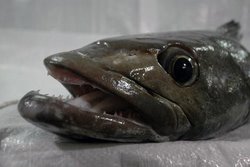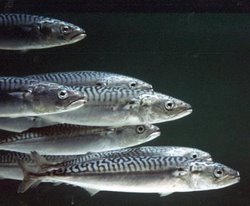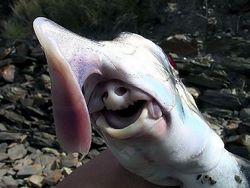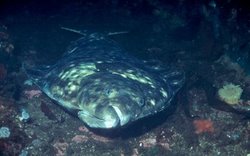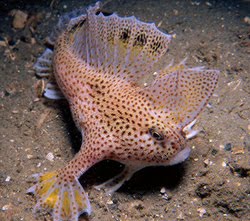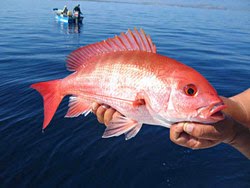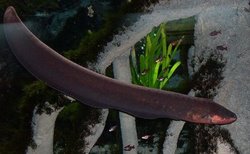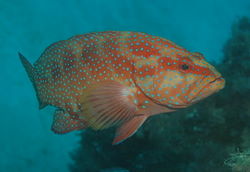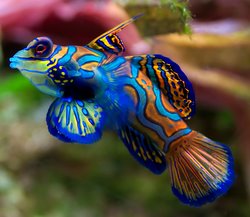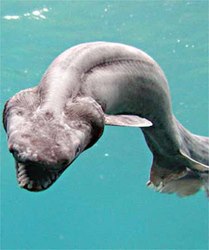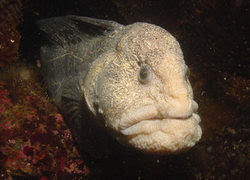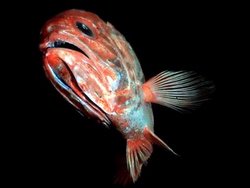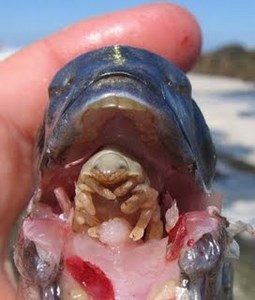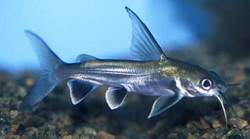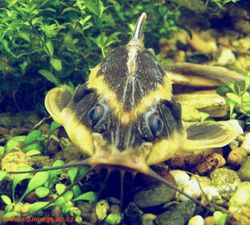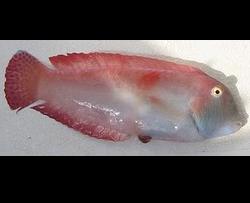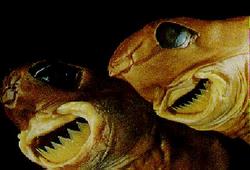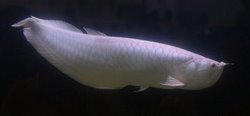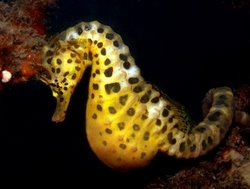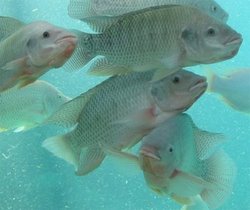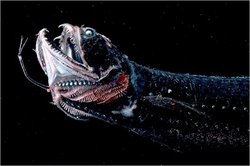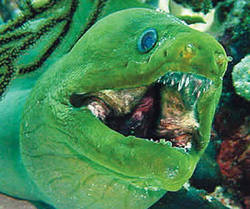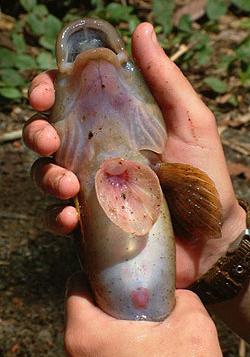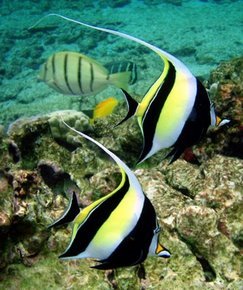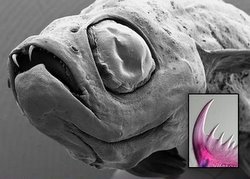 The Great Barracuda or Sphyraena barracuda is one of the largest of the 18 different species of Barracudas. It can grow over 6' in length and weigh over 100lbs! This fish has sharp teeth and very powerful jaws. All these characteristics makes it one mean looking fish.
The Great Barracuda or Sphyraena barracuda is one of the largest of the 18 different species of Barracudas. It can grow over 6' in length and weigh over 100lbs! This fish has sharp teeth and very powerful jaws. All these characteristics makes it one mean looking fish. Though it is rare for a Great Barracuda to attack a human, it does happen every once in a while. They are said to be attracted to shinning silvery things, so be sure to avoid displaying your bling bling while scuba diving in their habitat. Don't worry though, even if attacked it will most likely be one really bad bite and is rarely ever fatal.
 The Great Barracuda, much like the Pike, is a lie and wait predator. When it locates its unlucky meal is when you really can appreciate its amazing speed. These fish can swim at speeds of over 25 miles and hour! They often feed on smaller fish and sometimes shrimp.
The Great Barracuda, much like the Pike, is a lie and wait predator. When it locates its unlucky meal is when you really can appreciate its amazing speed. These fish can swim at speeds of over 25 miles and hour! They often feed on smaller fish and sometimes shrimp.An amazing fact about the Great Barracuda is that these fish will actually corner schools of fish after eating and guard them until hungry again! Masters of their environment Great Barracudas are commonly found in the Indo-Pacific, but they are also found in places like Florida and the Caribbean. Check out this impressive fish in action in the video below...





